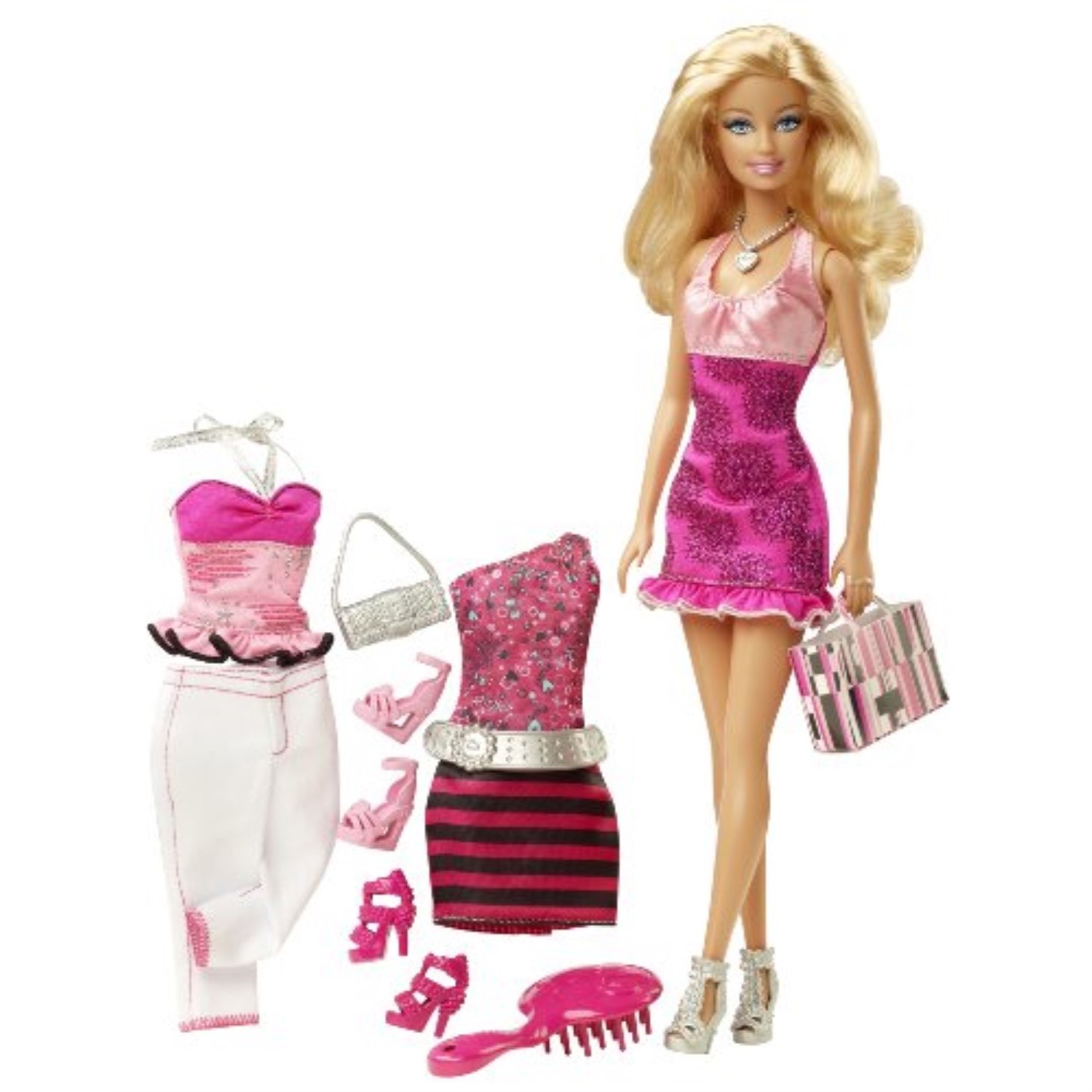

While the Barbie universe included dolls with darker skin tones as early as the 1960s, these dolls were always “friends of Barbie,” like “Christie,” the first black doll in Barbie’s world, said Barbie collector Bradley Justice, a former regional director for the United Federation of Doll Clubs and a contributing editor at Doll News. While Barbie and her friends have been through rounds of diversity efforts in the past (some better than others), the past five years have seen a flurry of consecutive changes to Barbie herself, making her even more inclusive.

And because youngsters use Barbie to imagine new worlds, this change advances the idea that Barbie - and those who play with her - can do, and be, anything. Thanks to these changes, more and more young kids looking to play with Barbie might end up with a doll that actually looks like them. Mattel, the toy company that manufactures Barbie, majorly ramped up inclusivity efforts in the latter half of the 2010s, releasing dolls with a wider variety of body sizes, skin tones, hair textures, and ability status. For a doll historically white, busty, and thin, the second half of the decade saw the most radical overhaul to Barbie’s physical image to date. She’s not just a plastic doll - she’s a global icon.īetween 20, Barbie’s icon status took a new turn.

Andy Warhol painted her, women’s rights activists have protested her, and the Louvre even devoted an entire exhibit to her. In the 60 years since Ruth Handler introduced her to the world, Barbie has carried a massive amount of symbolic weight on her tiny shoulders.


 0 kommentar(er)
0 kommentar(er)
